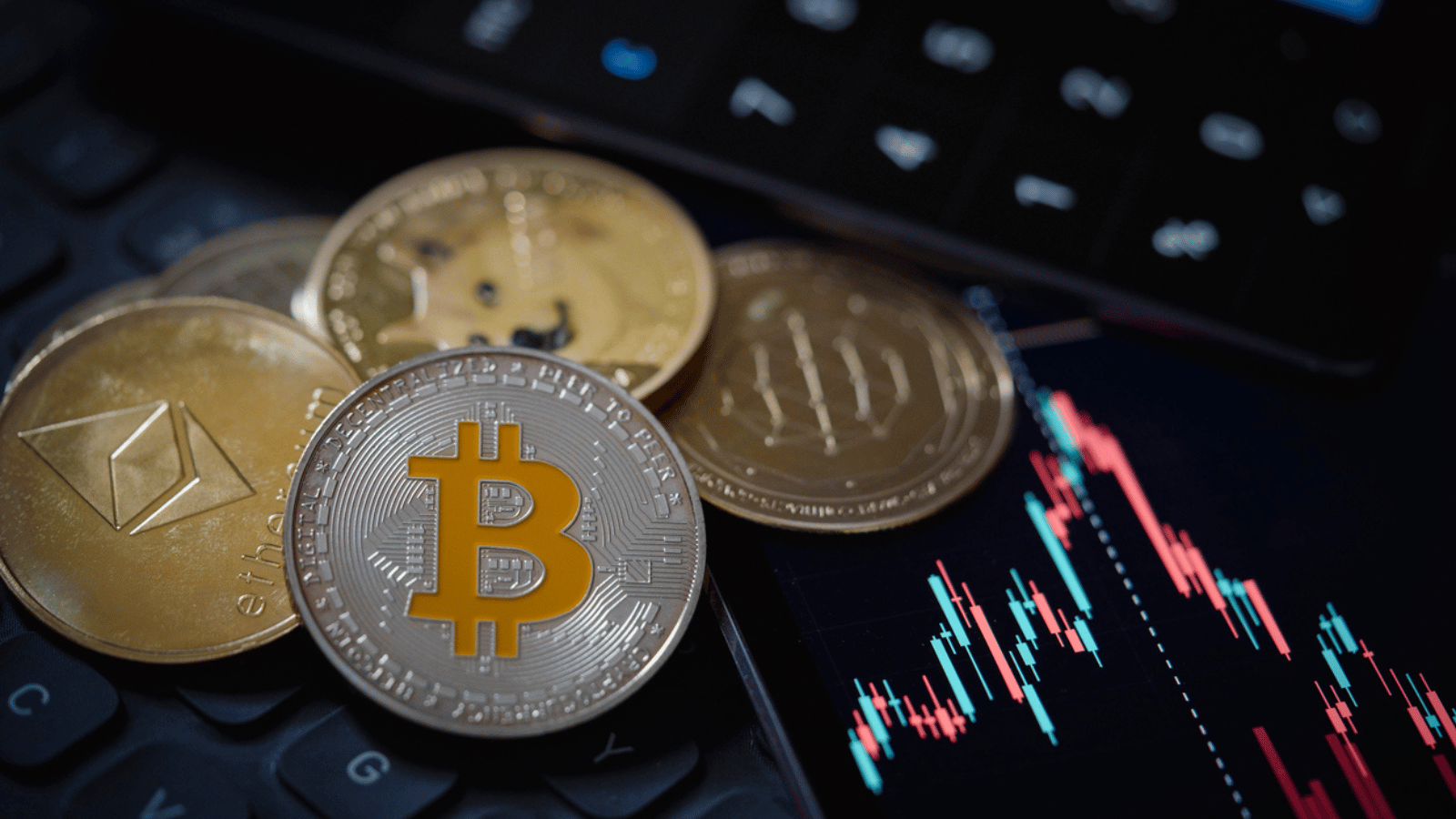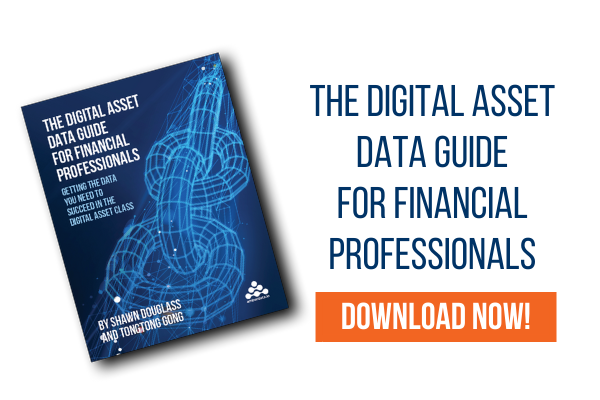
Anyone that's looked through the list of cryptocurrencies on a major exchange has likely noticed the presence of one or more "wrapped" crypto tokens such as Wrapped Bitcoin (WBTC). Priced at the same level as the 'unwrapped' token, these tokens, at first glance, seem redundant. However, they exist to solve a specific problem: the challenge of blockchain interoperability—that is, enabling blockchains to communicate with one another.
Why is blockchain interoperability an issue?
Because each blockchain has a unique protocol and database, they cannot easily communicate with each other. Wrapped tokens allow holders of tokens on one blockchain (such as Bitcoin) to take advantage of opportunities on other blockchains (such as Ethereum) without having to buy that blockchain's native token.
Because they serve as a connection between two blockchains, wrapped tokens are also known as a type of "blockchain bridge." As the digital asset ecosystem grows to include more and more blockchains, these bridges will become increasingly important, and the role of wrapped tokens will expand.
How do wrapped tokens work?
In some ways, wrapped tokens are similar to stablecoins. Like stablecoins, they are linked to their underlying token (typically 1:1, hence the matching price for BTC and WBTC) and are backed by an equivalent amount of the underlying asset.
To mint some amount of WBTC, an equivalent amount of BTC would first have to be stored in a vault ('wrapped'), and the same amount of WBTC would have to be burned to release that stored BTC ('unwrapped').
What are the benefits of wrapped tokens?
In the case of Bitcoin, the Ethereum-based WBTC token allows BTC holders to access the Ethereum DeFi ecosystem and features such as lending, staking, and yield farming that are not available with Bitcoin - without having to sell their BTC holdings.
Wrapped tokens also allow lenders to diversify their collateral holdings and traders to potentially increase transaction speeds or decrease transaction costs.
What are the risks of using wrapped tokens?
As with any financial instrument, there are risks associated with using wrapped tokens. Most of the risks related to wrapped tokens are the same as any other DeFi token—market risk, gas fees (transaction fees), security vulnerabilities, and so on.
Additional risks with wrapped tokens come from the introduction of extra smart contracts into the chain. The smart contract used to create the wrapped token—or the organization managing it (such as WBTC DAO) – could fall victim to a cyberattack or vulnerability exploit, an additional risk that would not exist if an investor simply sold their BTC to buy ETH. Finally, the custodian must be trusted to safely store the tokens that have been provided as collateral for wrapping.
It is also important to be aware of potential fees for wrapping and unwrapping.
Do wrapped tokens make sense for institutions?
Institutions use wrapped tokens to easily handle multiple cryptocurrencies across different blockchains, bringing increased liquidity and participation to decentralized finance.
The key to determining whether your institution should include wrapped tokens in its digital asset strategy is to have comprehensive blockchain data available to the decision-making team. This data will allow them to evaluate the wrapped tokens and determine whether or not they make sense to include as part of the overall strategy.
To get blockchain data in a ready-to-use format that they can trust, institutions need a partner like Amberdata. Our platform was built with institutions in mind and provides comprehensive data for all major blockchains. Request a demo today to learn why we are the trusted institutional digital asset data provider and how we can power your digital asset strategy.
Amberdata
Amberdata is the leading provider of global financial infrastructure for digital assets. Our institutional-grade solutions deliver data, analytics and comprehensive tools and insights that empower financial institutions to research, trade, and manage risk and compliance in digital assets. Amberdata serves as a...
